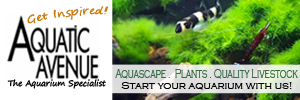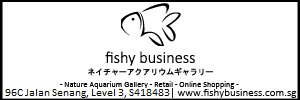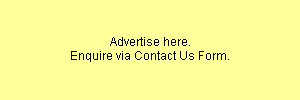Plants need 3 main things to photosynthesize and grow = Light, Co2 and Nutrients.
Lights enable plants to photosynthesize, the more light the more the plants can generate energy to grow. But this ability is also limited by the amount of Co2 and nutrients available (more on that below)
Substrate refers to all the soil and/or additional materials at the base of the tank. A good quality soil substrate will contain and hold nutrients for plant roots to absorb. Fish waste are processed and converted by beneficial bacteria (present in the substrate, tank surfaces and filter bio-media) via the nitrogen cycle into nutrients what plants can use.
If the nutrients from fish waste are not enough, then fertilizer would be needed to supplement the rest of the nutrients required by the plants. Plants need a complete range of macro and micro nutrients to grow (nutrients are absorbed at different rates), hence if any specific nutrients are lacking, the plants will start to show the deficiencies in the form of weak parts or stunted growth.
Co2 exists naturally in water, but at relatively low levels. This is fine for slower growing plants and in tanks with less light (as the demand for Co2 would also be lower)
But for people which want to grow plants faster, they will setup tanks which have more light. With more light, more Co2 is needed to keep up with the growth, hence the need for Co2 injection to artificially increase Co2 levels in the water. With more Co2 and light, more nutrients are also needed or else the plants will show deficiencies and stop growing, so even more additional fertilizers have to be added to supplement it.
Aquarists usually categorize the "tech" of tanks based on the level of equipment used and intensity of their usage (which also tends to correlate to the speed of plant growth too), for example:
Low Tech = Lower amounts of Lights + No Co2 injection + Little or no fertilizer dosing = Slower plant growth
High Tech = Higher amounts of Lights + Co2 injection + Higher amounts of fertilizer dosing = Faster plant growth
Thats just the basic summary of a planted tank environment, there are alot more guides online which go into much more detail on the process, so it'll be good to read up as much as possible before starting (especially on cycling your tank).











 Reply With Quote
Reply With Quote



 BIG Tank comes with BIG Responsibility...as they makan a lot of $$....lol
BIG Tank comes with BIG Responsibility...as they makan a lot of $$....lol



Bookmarks